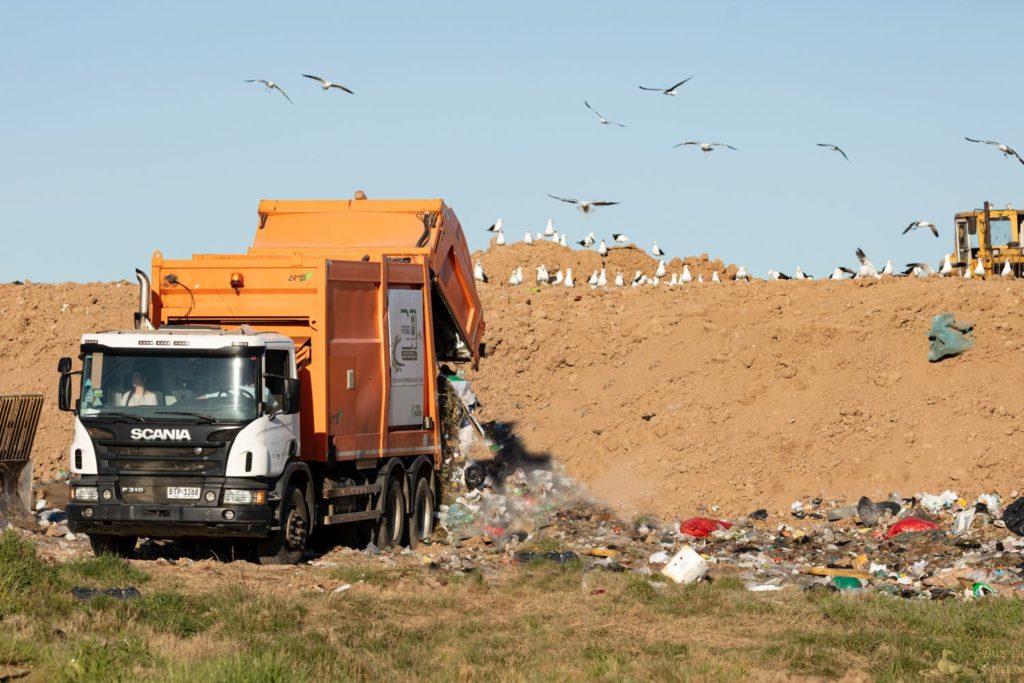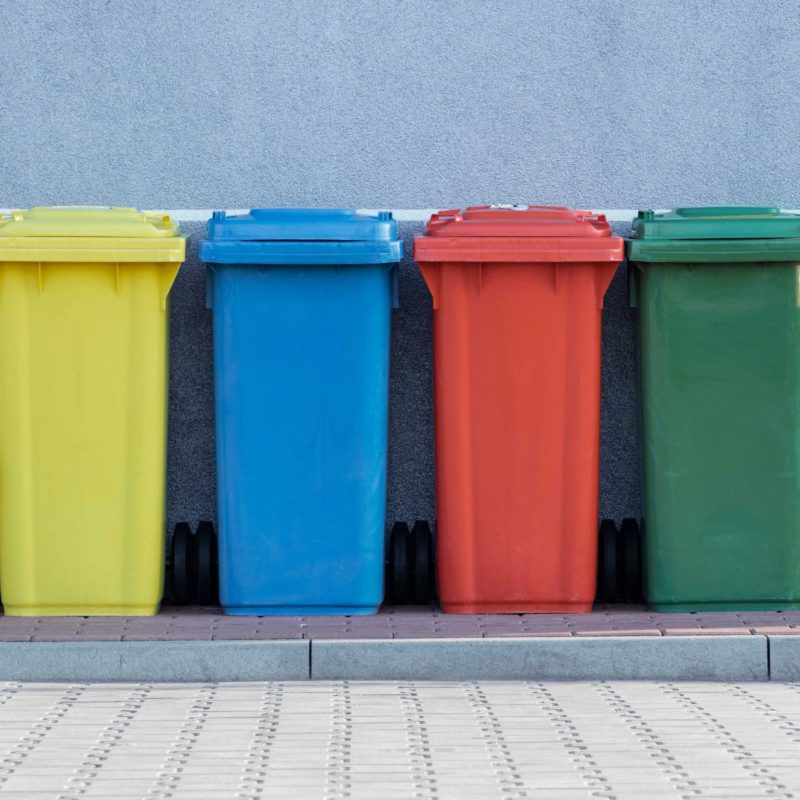Textile Recycling is a massive problem because of textile overproduction and overconsumption. In North America, 85% of unwanted textiles end up in landfills, which means that approximately 11 billion kilograms of clothing are going to waste every single year.
While a statistic this frightening may shock you into dumping that bag of unwanted clothes into a clothing donation bin instead of a garbage bin, the clothing recycling process isn’t as squeaky clean and straightforward as you may think.
“Only 1% of clothing that’s recylced is actually used to make new clothing”
How Textiles Are Recycled
How textiles are recycled largely depends on the program they are going through. And what organization is handling them. The truth is though, despite how many companies advertise their clothing recycling programs, the vast majority of donated clothing is not being repurposed into new garments.
In fact, one of the most common fates for “recycled clothing” is being resold in third-world countries. They don’t want us dumping our soiled, stained clothing on them because it smothers their own textile markets.
Actually textile recycling is a costly, difficult process that many companies are not willing to go through. That’s not to say no one does it, some clothing manufacturers do use donated clothing to make new pieces, or repurpose that fabric for other products, like rugs, rags, and pillow stuffing.
Even charities that collect clothing to sell for a good cause, like the Salvation Army and Goodwill, aren’t really recycling all of the clothing they collect. Only half of the clothing that’s donated to these types of organizations even makes it on to shelves, and only half of that will be sold. The rest of it? May end up in a landfill.

What Happens to Textiles That Can’t Be Recycled
What happens behind the closed doors of the clothing recycling industry is shockingly disappointing. Only 1% of clothing that’s recycled is actually used to make new clothing. Around 35% is used to make other products like carpet padding, insulation, and painter’s cloths.
The clothing that can’t be recycled into new products is either sent to other countries to resell, or to landfills.
Polyester vs Cotton Recycling
Although cotton is definitely better for the environment overall, it can be just as difficult as polyester to recycle.
To recycle polyester, polyester-based-textiles are shredded and then granulated to create polyester chips. These chips can be melted and used to create new fibers. These fibers can then be woven into polyester fabrics.
Unlike cotton, polyester can be recycled indefinitely, however, polyester recycling normally involves bottles, not garments. Even if your clothes incorporate recycled polyester they aren’t necessarily eco-friendly. Microplastics are shed every time you wash them which end up in waterways and then the ocean.
Cotton and wool, on the other hand, are also difficult to recycle because recycling them diminishes their quality, resulting in a lesser product.
Recycling cotton is an arduous process that involves chopping up old clothes to turn them back into a raw material. This results in a shortened staple length for the fibers, and therefore lower quality fabric that’s weak.
The Steps of Textile Recycling
Curious about the exact steps your clothes will go through when they’re recycled? Check out the detailed descriptions below!

Clothing is Donated
The first step of the textile recycling process occurs when you see signs and advertisements for a clothing recycling program and start to think about the garments that you could give away.
Eventually, you collect some garments, make the long trek to the parking lot, mall, or store that a clothing recycling bin resides in, and dump your clothes.
The options of whether to sell, donate or recylce are discussed in our article about how to recycle your old clothes.
Textiles are Sorted and Shredded
Clothing is sorted into 3 groups after being collected:
- fiber
- reusable garments
- rags
The garments that are classified as “fiber” are the only group with a chance of being made into something else. The fibers are sorted based on their material and color. Color sorting can reduce energy usage and the release of pollutants by not requiring clothing to be re-dyed.
- The natural materials are then pulled into fibers and shredded, with some fibers possibly being added to the resulting yarn. The yarn is then either clean and respun for use in new clothing, or compressed for use in textile filling.
- Polyester-based materials are shredded, granulated, and then shaped into pellets, which can be melted down and reused to create new clothing.
Shipping our old garments to third word countries is not the answer. More coming on that below. Clothing that doesn’t make the cut gets turned into wiping cloth and rags.
Clothing is Given Out or Shipped
The recycled fibers will be used for products like new garments, car seat filler, and insulation.
However, for the 50% of donations that were classified as reusable clothing, their journey is just beginning. 61% of these garments will be baled and exported to developing countries while the rest will go to thrift shops or people in need.
In some developing countries in Africa, as many as 80% of people wear used clothing. Dumping our old clothing on these countries can have negative effects like strangling local textile manufacturers, stomping out native dress, and causing local waste by filling up their landfills.
The problem became so bad that in 2016, a six-country bloc titled the East African Community advocated for a ban on imported, used clothing. However, after pressure from the US, which leveraged a trade agreement, some of those countries backed down from the ban.
The Bottom Line
Where your clothing will go, and what it will become, is really up to the people handling and sorting it. You shouldn’t necessarily feel discouraged from recycling clothing, but rather cautious about what organizations you donate clothing to.

